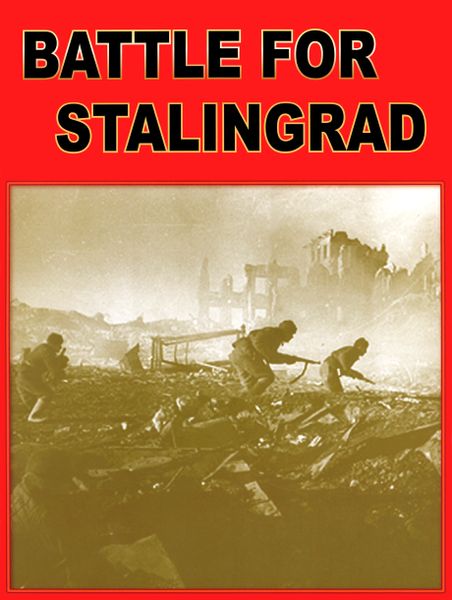Battle for Stalingrad (1980) Board Game
Battle for Stalingrad is a classic board game released in 1980, designed by John Hill and published by SPI (Simulations Publications, Inc.). It is a wargame set during World War II, specifically focusing on the Battle of Stalingrad, one of the most significant battles of the war.
Game Components of Battle for Stalingrad
How To Setup Battle for Stalingrad
The setup involves the Soviet player deploying their units first, followed by the German player inspecting and then deploying their forces. Each side has specific deployment rules, with the Germans having limitations on deployments in Finland.
Gameplay Mechanics and Game Objective
Player Experience
“Battle for Stalingrad” is known for its simplicity and strategic depth, making it accessible to beginners while still engaging for experienced players. The game requires forward planning, especially considering the impact of winter on unit movements. The balance between the two sides is generally even, although the Soviet defensive strategy is often more successful.
Pros
Cons
Personal Thoughts on Battle for Stalingrad
“Battle for Stalingrad” is ideal for those interested in World War II history and strategic wargaming. It is a good introduction for newcomers to the genre due to its simplicity and engaging gameplay. However, experienced players might find the game’s mechanics and realism lacking compared to more modern wargames. Despite its criticisms, it remains a classic in the wargaming community for its strategic conception and historical significance.
We are supported by our audience. When you purchase through links on our site, we may earn an affiliate commission, at no extra cost for you. Learn more.

